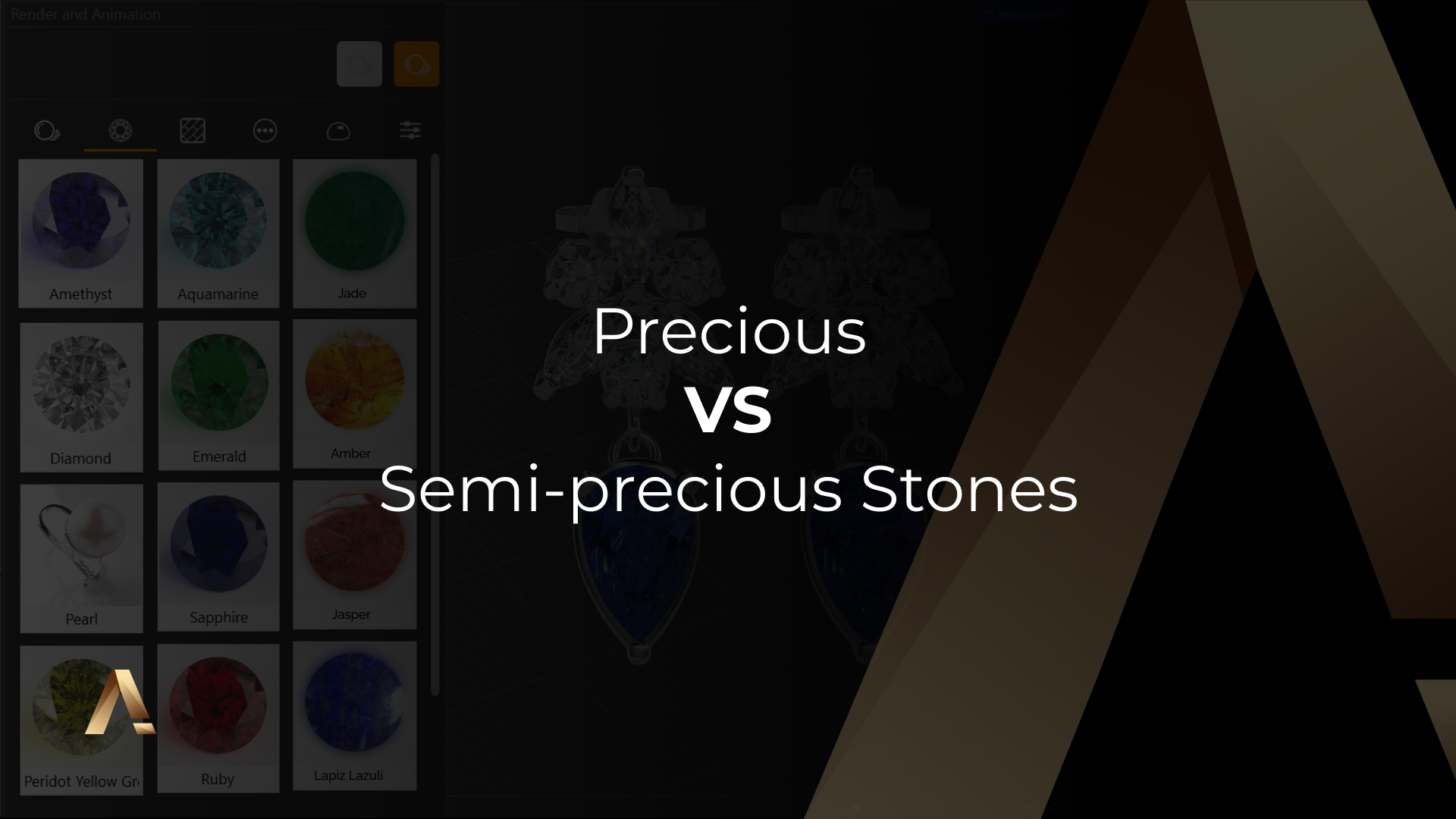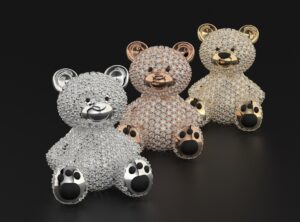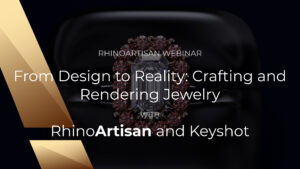A Classification from the 1800s
In the mid-1800s, gemstones were first classified into the categories of “precious stones” and “semi-precious stones.” These terms quickly gained popularity and are now used worldwide. Most gem and jewelry sellers are very familiar with these terms and have used them extensively.
These terms remain prevalent today, appearing in numerous books, thousands of websites, and are commonly used in discussions within the gemstone and jewelry industry.
Controversy Surrounding the Terms
However, the terms “precious” and “semi-precious” are controversial. Some people believe that all stones are precious and any stone of beauty should be considered a “precious gem.” They argue that the distinction between precious and semi-precious is unnecessary and misleading.
What Are “Precious Stones”?
“Precious stones” typically refer to four types of gems: diamonds, rubies, sapphires, and emeralds. These stones are usually transparent and cut by faceting. Although some people include opal, jade, or pearls in the “precious stones” category, this has not been a widespread practice.
The distinction between precious and semi-precious stones has led many to believe that “precious stones” are more valuable and important than “semi-precious stones.” This notion is somewhat supported by the higher cost per carat of diamonds, rubies, sapphires, and emeralds. These precious stones also account for over 98% of the dollar value of U.S. gemstone imports, according to the United States Geological Survey.

What Are “Semi-Precious Stones”?
“Semi-precious stones” is a term used for all gemstones that are not classified as “precious.” These include a wide variety of stones such as agate, amber, amethyst, aquamarine, chalcedony, garnet, jade, jasper, lapis lazuli, malachite, moonstone, onyx, peridot, topaz, turquoise, tourmaline, and many others.
Some people find the term “semi-precious” derogatory and believe it should be discontinued. They argue that there should be “precious stones” and “other stones” without implying any inferiority.

Problems with the Precious vs. Semi-Precious Classification
Value
The distinction between precious and semi-precious based on value is problematic. For instance, the Aurora Australis Opal sold for over $5,500 per carat, and high-quality jade cabochons can sell for as much as $25,000 per carat, which surpasses the value of most diamonds of similar weight. This shows that semi-precious stones can also be extremely valuable.
Rarity
Many semi-precious stones are rarer than precious stones. Red beryl, ammolite, benitoite, and tanzanite are found in fewer locations and produced in smaller quantities compared to diamonds, rubies, sapphires, and emeralds. Despite their rarity, they are not classified as “precious.”
Beauty and Desirability
Beauty and desirability are subjective qualities. If a group of people were asked to choose the most beautiful stone among diamond, ruby, emerald, sapphire, and opal, some might choose opal, typically considered a semi-precious stone, over the traditionally precious ones.
Grade
The terms “precious” and “semi-precious” do not consider the “grade” of the stones. Grade refers to the gemstone’s quality and marketability, which includes factors like color, clarity, and potential price. Low-grade rubies, sapphires, emeralds, and diamonds might be valued less than many semi-precious stones.

Moving Beyond Arbitrary Classifications
The terms “precious” and “semi-precious” are arbitrary and not meaningful. Eliminating these terms could reduce confusion and improve accuracy in the gemstone market. However, due to their deep-rooted usage, removing them completely from the industry and common language is nearly impossible.
Focus on What Appeals to You
When purchasing jewelry, individuals should focus on the gemstones that appeal to them, suit their intended use, and fit their budget, rather than being influenced by the labels “precious” or “semi-precious.”
Personal Definitions of “Precious”
Ultimately, the value and beauty of a gemstone are subjective. A person who treasures an amethyst ring they bought with a week’s pay, or a child who cherishes a favorite tumbled stone, considers these possessions precious. No one should deny them that right.
By understanding the history and issues surrounding these classifications, buyers can make more informed and personal decisions when selecting gemstones.











